February 12, 2015
In these days of growing intolerance and global insurgency, children are more susceptible than ever to armed conflict, where they are unlawfully recruited as child soldiers or combatants. Article 3(a) of ILO Convention 182 on Worst Forms of Child Labour clearly calls upon the ratifying member nations to eliminate, without delay the recruitment of children for use in armed conflicts.
It is a painful paradox that even after 25 years of the adoption of UN Convention on the Rights of the Child and 15 years after the adoption of ILO Convention 182, hundreds of thousands of girls and boys are still being illegally recruited in government armed forces, paramilitaries, civil militia and other armed group outfits. Convention 182, despite being the fastest to be ratified (by 179 nations as on 12th February 2015) international instrument in the history of ILO, is not being adhered to in letter and spirit and children are being recruited for this undeniably worst form of child labour.
Often these children are abducted from schools, streets or even right outside their homes. Child soldiers under coercion are made to participate in combats that make them vulnerable to physical and mental violence leaving them scarred for life. These children are excluded from the education system and inadvertently get drifted into vicious circle of exploitation, illiteracy and poverty. Child soldiers on several occasions are irreparably injured or are killed. Some of them are used as spies, messengers and of late, terror outfits are also using children as human bombs. Girl child soldiers particularly stand exposed to the risk of sexual slavery and gender based violence.
In 2000, Optional Protocol to the Convention on the Rights of the Child on involvement of children in armed conflict entered into force. It is the most comprehensive international treaties relating to child soldiers and contains an expansive set of obligations guiding the states for ending the use of child soldiers in both state armed forces and non-state armed groups. Prevention is at the core of this Optional Protocol. The protocol stipulates feasible measures to release boys and girls from armed groups and to support their recovery and reintegration. Despite over three quarters of the world’s states being party to this treaty, a significant number of them are yet to translate their words into action. These states have so far failed to put in place effective measures to prevent child soldier use, even in those forces over which they have direct control or influence. In April 2014 yet another international treaty known as the Optional Protocol to the Convention on the Rights of the Child on a Communications Procedure entered into force. The Protocol enables children and their representatives to submit complaints to the Committee on the Rights of the Child about specific violations of their rights under the Convention on the Rights of the Child, as well as under its other two Optional Protocols (on the involvement of children in armed conflict and on the sale of children, child pornography and child prostitution). But children can only complain if their government has ratified the Optional Protocol on a Communications Procedure, and if they have exhausted all legal avenues in their own country. As on date there are 48 signatories to this Optional Protocol. Thus, for preserving the global human capital and rendering this world safe and peaceful for all children it is more important than ever for all the countries to ratify the aforesaid treaties at the earliest.
Addressing the world on the International Day Against Use of Child Soldiers, Nobel Peace Laureate and Chairperson, Global March Against Child Labour, Mr. Kailash Satyarthi said “Almost 300,000 children in the world have been given guns in their hands instead of books and toys, and instead of taking and giving care for them, these children are misused as child soldiers. We must protect them. We must give them dreams. We must give them promising future. We must give them opportunities and we must give them their childhood back.”
